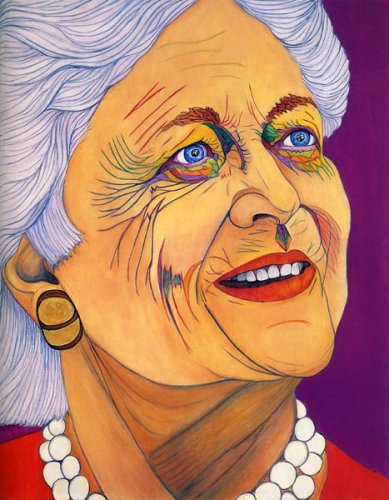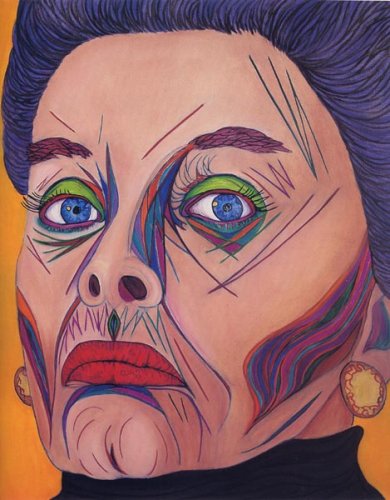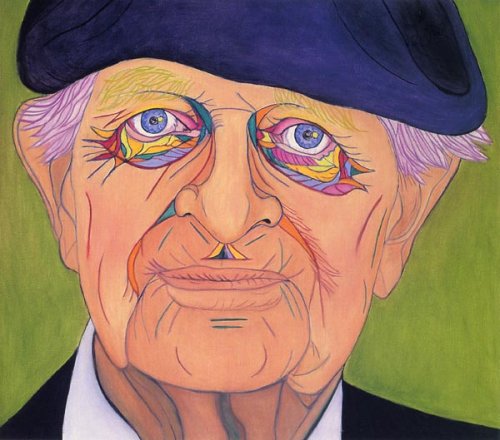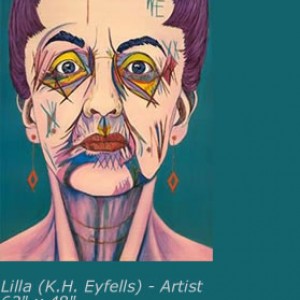
Barbara Bush First Lady, U.S.A.
Oil on Canvas60" x 48"
Price: $On Request

Benini Artist
Oil on Canvas50" x 40"
Price: $On Request

Bill Cosby Actor
Oil on Canvas48" x 38"
Price: $On Request

Jimmy Carter President, U.S.A.
Oil on Canvas48" x 38"
Price: $On Request

Ragnar Kjartansson Sculptor
Oil on Canvas60" x 48"
Price: $On Request

Katherine Hepburn Actress
Oil on Canvas60" x 48"
Price: $On Request

Yassir Arafat Chairman, P.L.O.
Oil on Canvas44" x 50"
Price: $On Request

Linus Pauling Scientist
Oil on Canvas42" x 48"
Price: $On Request

Sean Connery Actor
Oil on Canvas46" x 58"
Price: $On Request
-
Bio / Artists statement
Women artists have always been around, most anonymous, but not all. Fortunately, women now enjoy greater acceptance in what has traditionally been a male dominated art world, and as a result we are seeing some exciting new trends, venturing down new paths and evaluating art from new perspectives. Women are out of the closet, so to speak, and so is their art.
Some time ago, I asked Kristin Halldorsdottir Eyfells, a member of Orlando's avant-garde, why have an exhibition showcasing women only? "Why not?" she replied. Why not, indeed? After all, this is the age of feminism, and this is, perhaps, the best of times for women artists--particularly for those exploring aesthetic possibilities to the fullest, for those producing an expressive and meaningful art. But what is it that makes art by women significant? It is the same thing that makes art by man, child, or computer significant. Whomever produces the art we prefer, art's importance is in its ability to move us--emotionally, intellectuallym and even spiritually. Every other consideration comes after this, including the artist's identity--regardless how fascinating his or her biography may be.
For this reason, it is inappropriate to cloak art produced by women with a particular significance as if the artist's gender somehow makes it enduring or relevant. Gender alone should not have some merit or non-merit attached to it. Women may or may not add their own sensibilities to art, but if it does not hold together, does not give us some kind of vivid aesthetic experience as art, then these sensiblities mean little. Art must be seen and judged on its aesthetic characteristics, on its ability to expand one's consciousness and on its magical qualities--without which art by any hand has no more and maybe less than ordinary significance. Gender, like national sentiment, should never determine artistic achievement.
-
Location
Fredricksburg TX 78624
